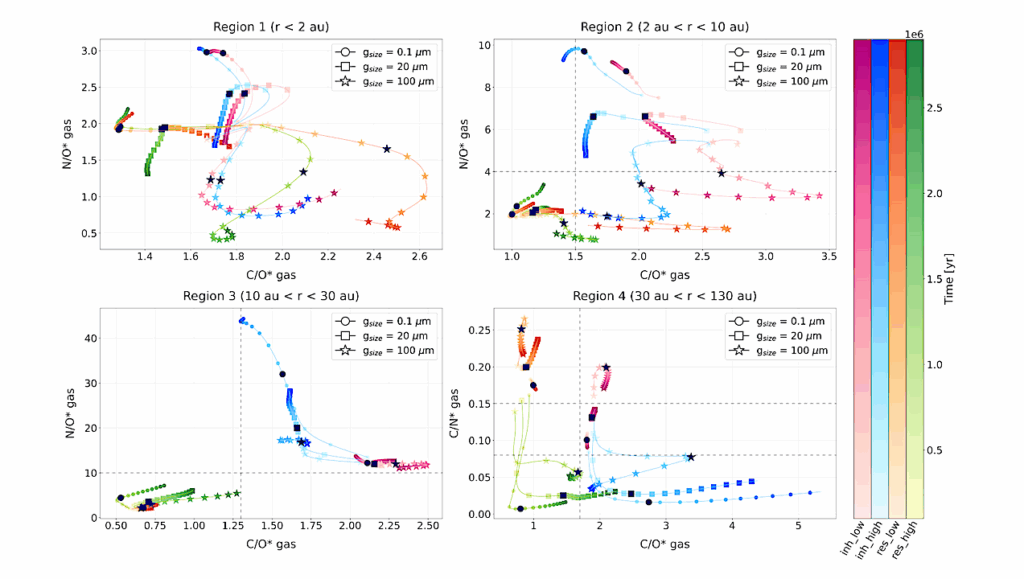Obliquity Of An Earth-like Planet From Frequency Modulation Of Its Direct Imaged Lightcurve: Mock Analysis From General Circulation Model Simulation

Direct-imaging techniques of exoplanets have made significant progress recently, and will eventually enable to monitor photometric and spectroscopic signals of earth-like habitable planets in the future.
The presence of clouds, however, would remain as one of the most uncertain components in deciphering such direct-imaged signals of planets. We attempt to examine how the planetary obliquity produce different cloud patterns by performing a series of GCM (General Circulation Model) simulation runs using a set of parameters relevant for our Earth. Then we use the simulated photometric lightcurves to compute their frequency modulation due to the planetary spin-orbit coupling over an entire orbital period, and attempt to see to what extent one can estimate the obliquity of an Earth-twin.
We find that it is possible to estimate the obliquity of an Earth-twin within the uncertainty of several degrees with a dedicated 4 m space telescope at 10 pc away from the system if the stellar flux is completely blocked. While our conclusion is based on several idealized assumptions, a frequency modulation of a directly-imaged earth-like planet offers a unique methodology to determine its obliquity.
Yuta Nakagawa (1), Takanori Kodama (2), Masaki Ishiwatari (3), Hajime Kawahara (1), Yasushi Suto (1), Yoshiyuki O. Takahashi (4), George L. Hashimoto (5), Kiyoshi Kuramoto (3), Kensuke Nakajima (6), Shin-ichi Takehiro (7), Yoshi-Yuki Hayashi (4), ( (1) Univ. of Tokyo, (2) Univ. of Bordeaux, (3) Hokkaido Univ. (4) Kobe Univ. (5) Okayama Univ. (6) Kyushu Univ. (7) Kyoto Univ.)
Comments: 29 pages, 18 figures, accepted for publication in ApJ
Subjects: Earth and Planetary Astrophysics (astro-ph.EP); Instrumentation and Methods for Astrophysics (astro-ph.IM); Solar and Stellar Astrophysics (astro-ph.SR)
Cite as: arXiv:2006.11437 [astro-ph.EP] (or arXiv:2006.11437v1 [astro-ph.EP] for this version)
Submission history
From: Yasushi Suto
[v1] Fri, 19 Jun 2020 23:40:44 UTC (8,498 KB)
https://arxiv.org/abs/2006.11437
Astrobiology, Astrochemistry








